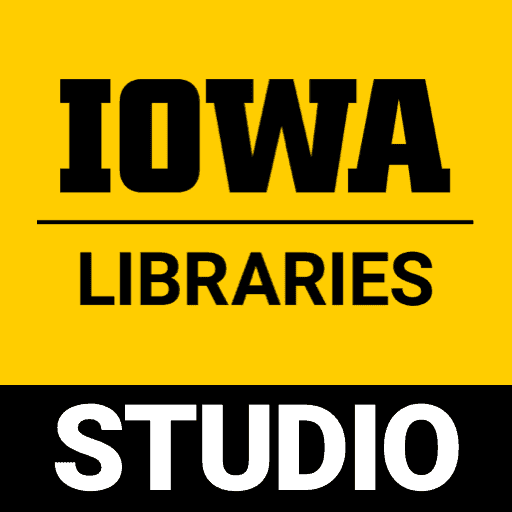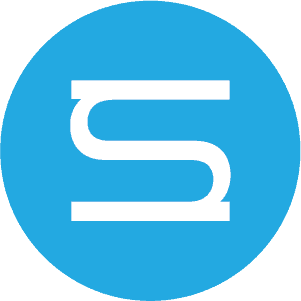As my time with the Digital Studio capstone project draws to a close, I can’t help but reflect on two major elements of my project this semester: how much I have managed to complete, and the challenges I’ve had working through the term. My goal for this semester was to improve upon and expand myContinue reading “Meditating on Manuscript Mapping”
Category Archives: PDH Certificate
Semester Reflection
I appreciated the opportunity to work on the Digital Humanities Capstone this semester. I chose to study vaccine misinformation visualizations throughout history. I have always been interested in misinformation visualizations, or images that convey mis- or disinformation. I chose to analyze misinformation visualizations about three vaccines: the smallpox vaccine, the MMR (mumps, measles and rubella)Continue reading “Semester Reflection”
Historicizing #MeToo
My Capstone project for the Public Digital Humanities certificate combines my background and interests in history, archives, and gender, women’s, and sexuality studies. As a historian and a gender scholar who thought about women’s sexual vulnerability in both my research and the courses I taught, I became interested in the continuum on which the currentContinue reading “Historicizing #MeToo”
Understanding the Anti-Vaccination Movement through Imagery (Part 1)
My project focuses on anti-vaccination content in both textual and visual form. However, I have chosen to examine this content through visualization so that I may build a timeline detailing the evolution. I will similarly specifically explore how the internet has been used to accelerate and even legitimize the anti-vaccination movement. Overall, this research processContinue reading “Understanding the Anti-Vaccination Movement through Imagery (Part 1)”
PDH Capstone: Following the Threads
When I began my wonderful entanglement with The Studio in 2018, I did not know what would result. I wanted to learn new digital methods, theorize about digital work in contemporary higher education, and become a bit more sophisticated when it came to doing work that would reach out beyond academic journals. As I mentionedContinue reading “PDH Capstone: Following the Threads”
Returning to the Studio: A Timely Remix
It feels great to be “back.” In the summer of 2020, at the height of the COVID-19 pandemic, I had the privilege to serve as a Summer Fellow in the Digital Scholarship & Publishing Studio. The experience was unprecedented. Not only was it fully remote, but the fellowship represented my first time having the spaceContinue reading “Returning to the Studio: A Timely Remix”
Climbing a Ladder to Map a Book Culture
One of my favorite devotional icons is known as the Ladder of Virtue. In Orthodox Churches, the image of devotees striving to climb a ladder as saintly onlookers cheer them on from clouds high above and demons attempt to pull them down with pitchforks has long appealed to me as an metaphor for work. IContinue reading “Climbing a Ladder to Map a Book Culture”
Certificate Capstone
As I prepared to start my Public Digital Humanities capstone project, I began to reflect on the work I had done throughout the certificate and saw an opportunity to bring my work full circle. When I started the certificate, I learned technical skills not taught in my history coursework and began to see how theyContinue reading “Certificate Capstone”
Close Reading Distant Reading (and Vice Versa)
Andrew David King Public Digital Humanities Capstone student, Summer 2020 My Public Digital Humanities Certificate capstone project focuses on one prong of a two-pronged, ongoing endeavor in self-education pertaining to the application of DH methods in textual and literary criticism. My academic background is in philosophy, literary studies, and creative writing; having had plenty ofContinue reading “Close Reading Distant Reading (and Vice Versa)”
A SLIS Capstone Experience Part II: The Final Steps of “The Mysterious Film Print-Block Collection” from Galena, IL by Traci Bruns
During the Spring 2020 semester, I researched and examined types of gender bias that could have been used in advertisements to promote and sell tickets Classic Hollywood films from the 1940’s to the 1950’s. For this research, I focused on a collection of film print blocks from Galena, IL, that were deteriorating due to poorContinue reading “A SLIS Capstone Experience Part II: The Final Steps of “The Mysterious Film Print-Block Collection” from Galena, IL by Traci Bruns”

